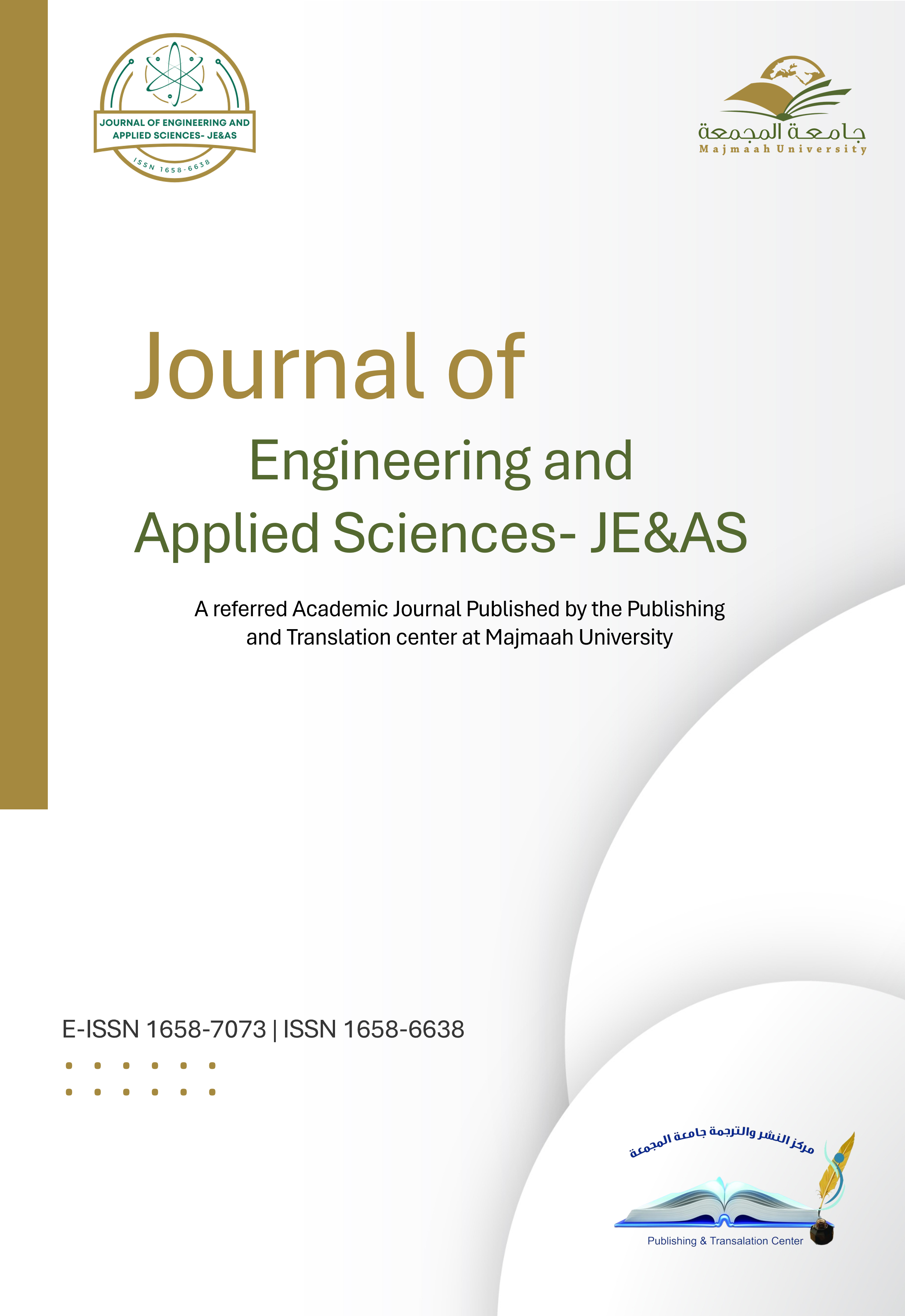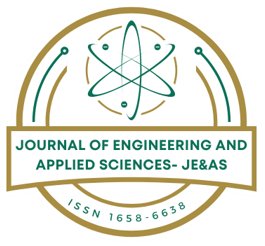| Research Article Received: 22 Aug 2024, Accepted: 03 Nov 2024, | ||||||||||||||||||||||||||||||
Tourism recommendation system using spatial and demographic features Uma Perumal. SUPPLEMENTARY FILES :
| ||||||||||||||||||||||||||||||
| How to Cite this Article |
| Pubmed Style Uma Perumal. Tourism recommendation system using spatial and demographic features. Journal of Engineering and Applied Sciences. 2024; 11(2): 84-98. doi:10.5455/jeas.2024021108 Web Style Uma Perumal. Tourism recommendation system using spatial and demographic features. https://jecasmu.org/?mno=216805 [Access: September 15, 2025]. doi:10.5455/jeas.2024021108 AMA (American Medical Association) Style Uma Perumal. Tourism recommendation system using spatial and demographic features. Journal of Engineering and Applied Sciences. 2024; 11(2): 84-98. doi:10.5455/jeas.2024021108 Vancouver/ICMJE Style Uma Perumal. Tourism recommendation system using spatial and demographic features. Journal of Engineering and Applied Sciences. (2024), [cited September 15, 2025]; 11(2): 84-98. doi:10.5455/jeas.2024021108 Harvard Style Uma Perumal (2024) Tourism recommendation system using spatial and demographic features. Journal of Engineering and Applied Sciences, 11 (2), 84-98. doi:10.5455/jeas.2024021108 Turabian Style Uma Perumal. 2024. Tourism recommendation system using spatial and demographic features. Journal of Engineering and Applied Sciences, 11 (2), 84-98. doi:10.5455/jeas.2024021108 Chicago Style Uma Perumal. "Tourism recommendation system using spatial and demographic features." Journal of Engineering and Applied Sciences 11 (2024), 84-98. doi:10.5455/jeas.2024021108 MLA (The Modern Language Association) Style Uma Perumal. "Tourism recommendation system using spatial and demographic features." Journal of Engineering and Applied Sciences 11.2 (2024), 84-98. Print. doi:10.5455/jeas.2024021108 APA (American Psychological Association) Style Uma Perumal (2024) Tourism recommendation system using spatial and demographic features. Journal of Engineering and Applied Sciences, 11 (2), 84-98. doi:10.5455/jeas.2024021108 |
 Submit Article
Submit Article - Author Login
- Reviewer Login
- About Publisher
- Peer Review Policy
- Author's Rights and Obligations
- Publication Ethics and Publication Malpractice Statement
- Conflict of Interest Policy
- Plagiarism Policy
- Protection of Research Participants (Statement On Human And Animal Rights)
- Privacy Policy
- Corrections, Retractions & Expressions of Concern
- Self-Archiving Policies
- Statement of Informed Consent
- Terms of Use
- License Information
- Copyright Information
- Statement on the Use of Generative AI
- ISSN: 1658-6638 (print)
- ISSN: 1658-7073 (electronic)

